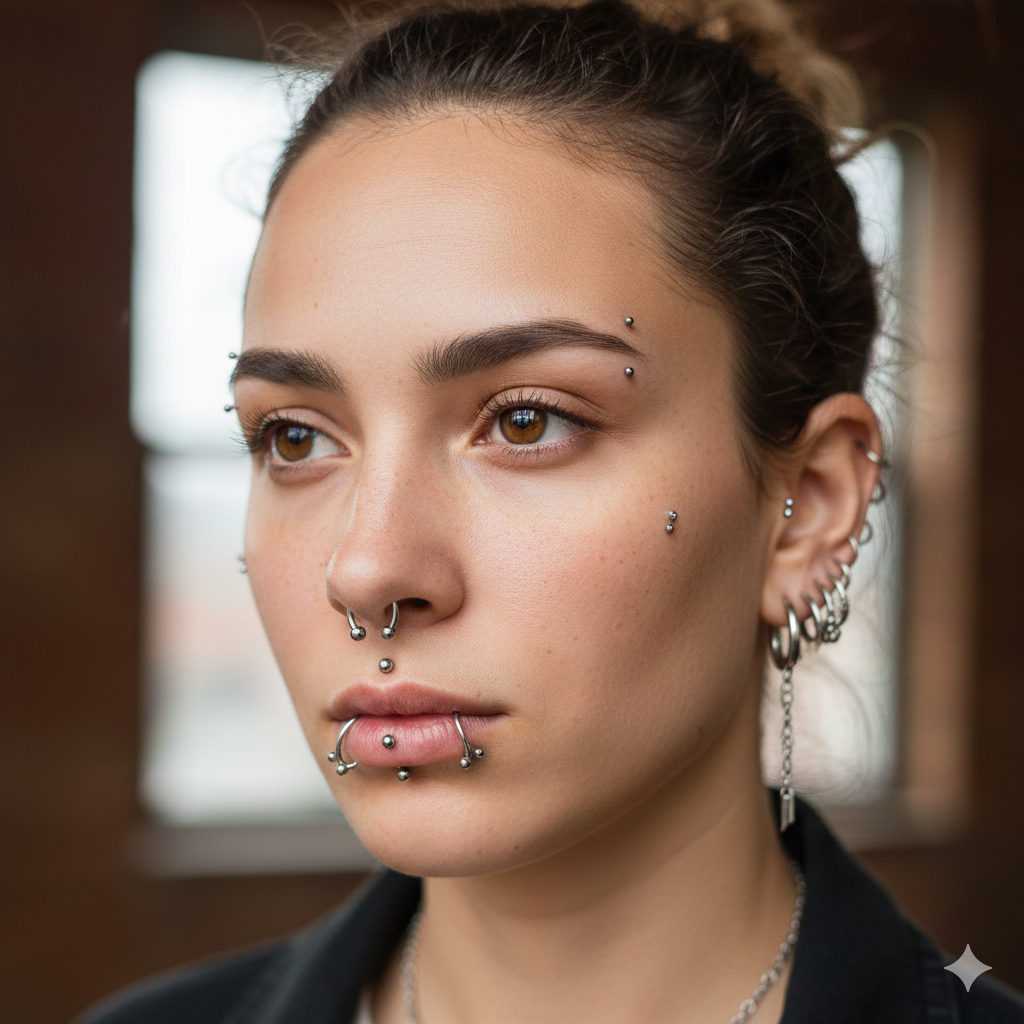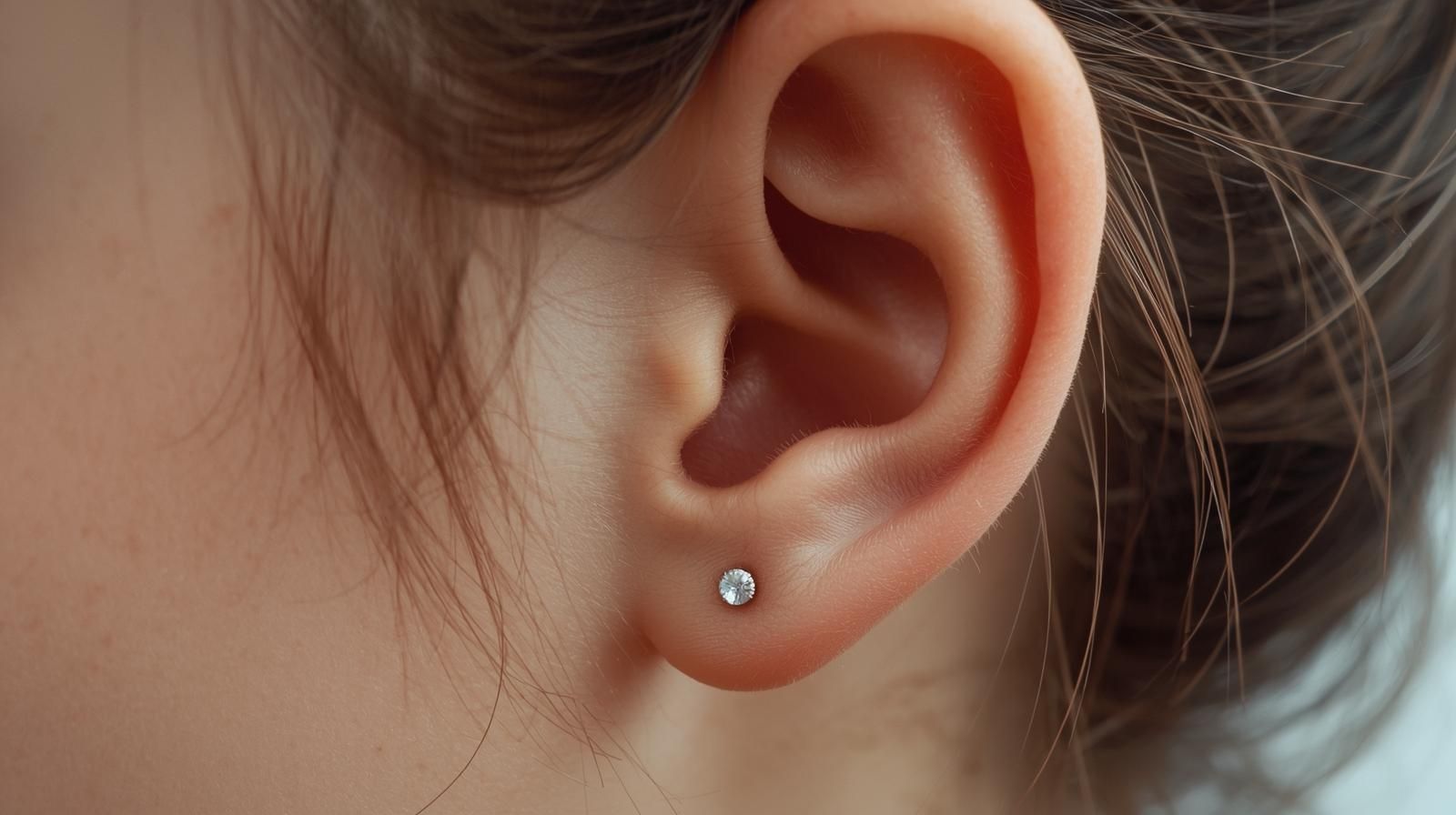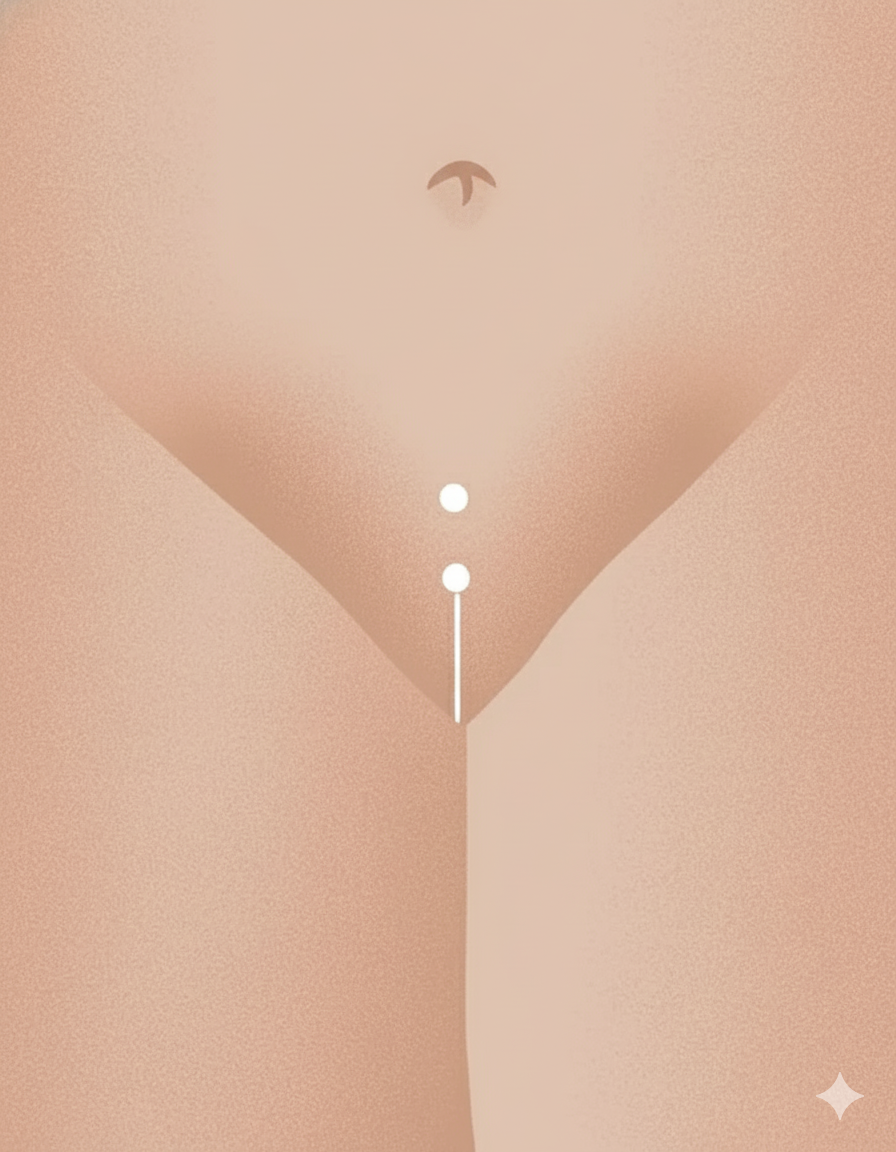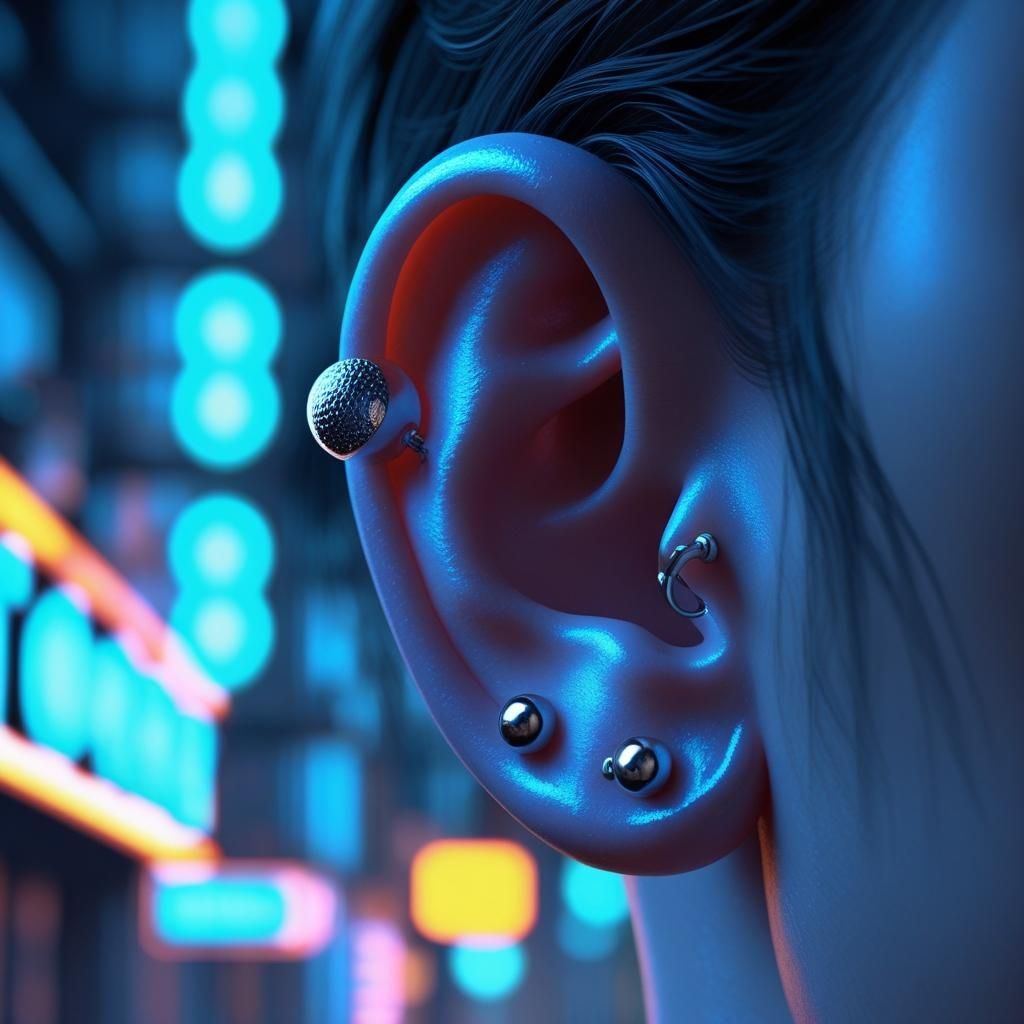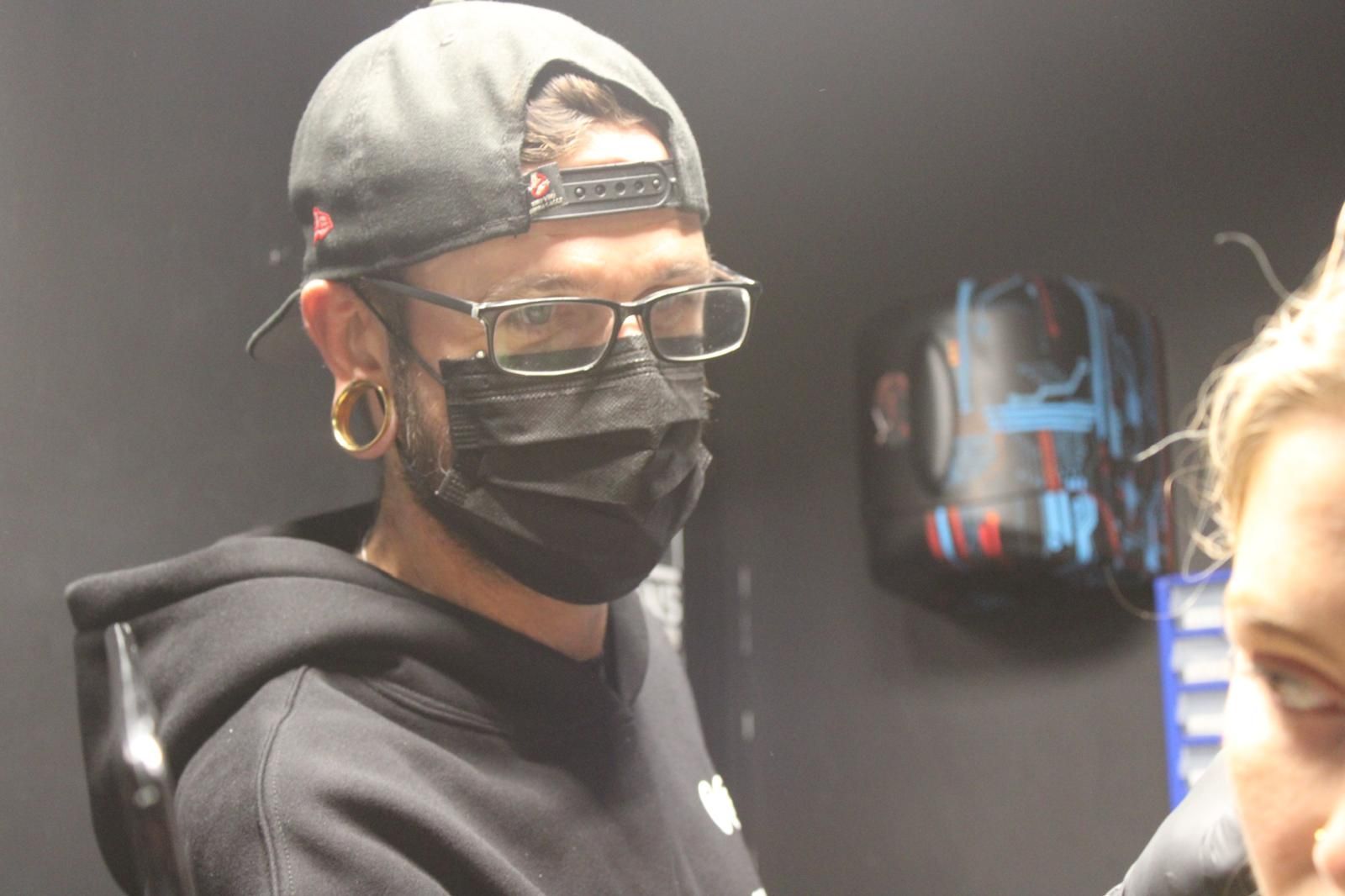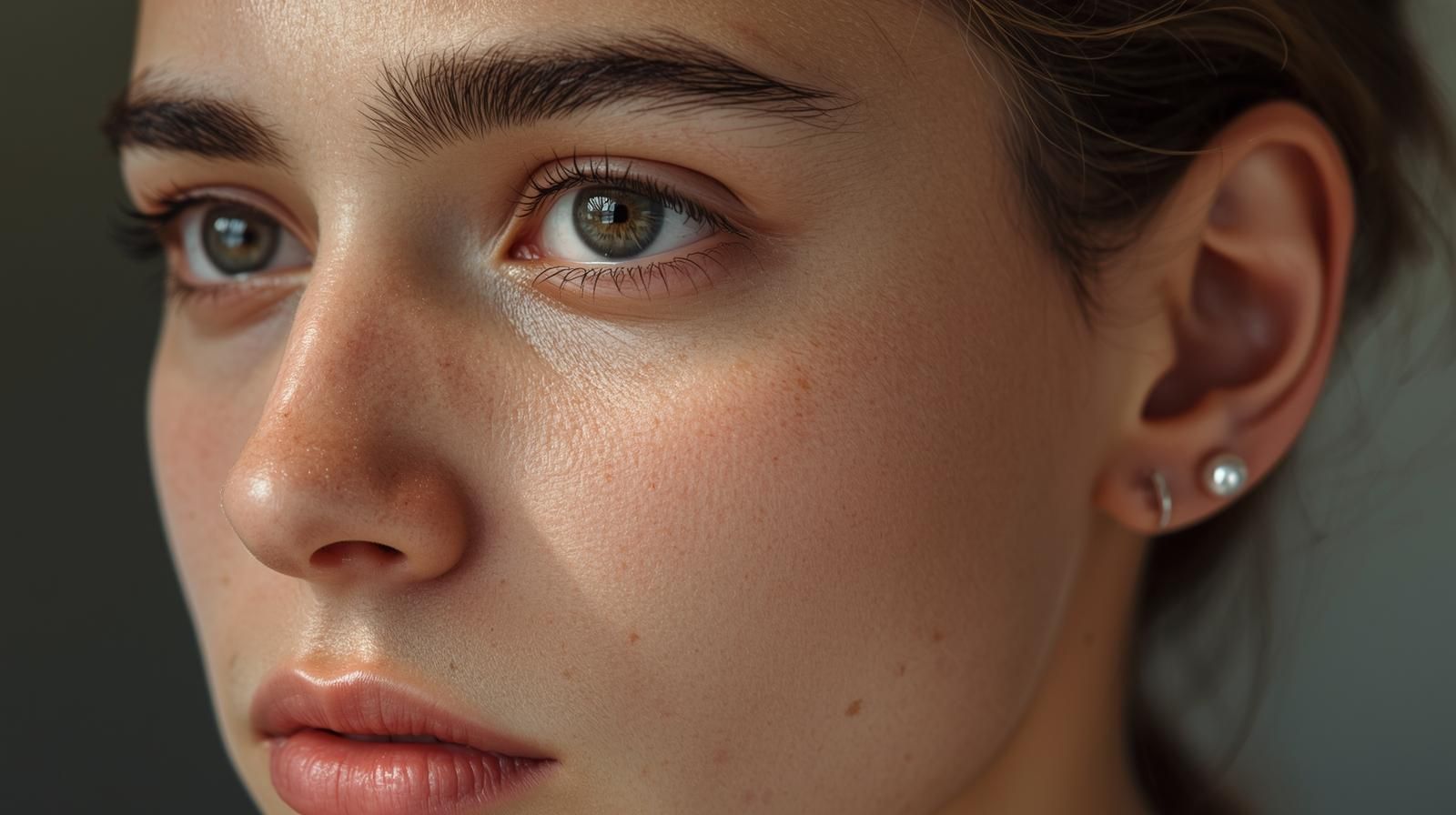A List Of Every Ear Piercing You Can Get
A Comprehensive List Of Every Ear Piercing
Ear piercings have been a popular form of self-expression for centuries, transcending cultures and generations. With a wide array of styles and placements available, ear piercings offer both aesthetic appeal and personal significance. Whether you're a first-timer or an experienced enthusiast, understanding the different types of ear piercings and the care they require is crucial. This guide will explore various ear piercing options, provide practical care tips, and answer common questions to help you make informed decisions about your next piercing adventure.
Table of Contents
- Introduction
- Types of Ear Piercings
- Lobe Piercings
- Cartilage Piercings
- Tragus Region
- Orbital Styles
- Ear Piercing Aftercare
- Choosing the Right Piercing for You
- Common FAQs
- Checklist for Getting an Ear Piercing
- Conclusion
Types of Ear Piercings
Lobe Piercings
Lobe piercings stand as the quintessential introduction to body modification, celebrated universally for their simplicity and adaptability. Known for their relatively low pain level and quick healing time, lobe piercings are typically done using a small needle or a piercing gun. The versatility of the lobe allows for a vast array of designs, fostering creativity and personal expression.
- Standard Lobe (1st, 2nd, Stacked): These are the classic placements on the fleshy lower part of the ear. First lobe piercings are often the initiation into the world of body modification. For instance, according to a survey conducted by the Association of Professional Piercers, approximately 80% of individuals with piercings start with the standard lobe. Second and stacked lobe piercings add layers and style to your ear's appearance, offering opportunities for creative expression. Celebrities like Emma Watson and Scarlett Johansson have popularized stacked lobe piercings, inspiring many to explore more intricate lobe arrangements.
- Upper/Low Lobe: These placements are slightly higher or lower on the lobe, offering a unique twist on the traditional lobe piercing. The upper lobe piercing, for example, has gained traction in recent years as a subtle yet elegant addition to the ear’s aesthetic. For instance, a shift in fashion trends towards minimalist jewelry has seen the upper lobe become a favored choice among style-conscious individuals.
- Transverse Lobe: This involves a horizontal piercing through the lobe, rather than front to back. It requires a barbell instead of a hoop or stud and has a longer healing period. The transverse lobe is particularly popular among those seeking a more avant-garde look, as demonstrated by fashion influencers on social media platforms. The complexity of this piercing demands a careful consideration of jewelry size and material to ensure comfort and ease of healing.
- Orbital Lobe: This involves two holes in the lobe, linked by one ring. It creates an eye-catching loop on the earlobe. This style is often seen in artistic circles, where unique visual elements are celebrated. Jewelry designers often highlight orbital lobes in their collections, emphasizing customization options that allow wearers to express individuality through varied ring sizes and designs.
- Stretched Lobe (Gauged): With stretching, the lobe hole is gradually enlarged to accommodate larger jewelry. This process requires patience and careful attention to avoid damage. For example, in tribal cultures such as the Maasai of East Africa, stretched lobes have cultural significance, symbolizing status and maturity. In contemporary settings, stretching offers a pathway to distinct personal expression, with individuals often documenting their stretching journey on social media to inspire others in the community.
Cartilage Piercings
Cartilage piercings offer a range of styles and placements on the upper part of the ear, each with its own aesthetic and healing considerations. Known for their structural complexity, these piercings are revered for their ability to transform the ear into a canvas of artistic expression.
- Outer Rim / Helix Area: Piercings along the outer rim of the ear, known as the helix, are popular for their subtle yet distinctive look. They can be placed low, mid, or high on the helix. Many individuals choose the helix piercing to complement other jewelry pieces, such as those seen in curated ear trends promoted by jewelry designers. The placement allows for a seamless integration of multiple piercings, creating a cohesive and balanced appearance.
- Forward Helix (Single/Double/Triple): Situated on the curve of cartilage closest to the head, these piercings can be stacked for a layered effect. A case study in the Journal of Body Art noted that forward helix piercings are particularly favored by those who appreciate symmetry and order in their body art. The precision required for these piercings underscores the importance of selecting a skilled professional to ensure optimal placement and healing.
- Auricle / Rim: Located on the outer edge of the ear, between the lobe and helix, the auricle offers a less common, but striking, piercing option. This style has been embraced by those seeking to add a touch of uniqueness to their ear’s profile. Piercing artists often recommend this placement for individuals looking to make a statement with bold jewelry choices, as the auricle provides an ideal backdrop for elaborate designs.
- Industrial / Scaffold: This piercing uses a barbell to connect two points on the ear, usually from helix to helix, creating a bold statement. A popular choice among college students, the industrial piercing is often seen as a mark of individuality and youthful rebellion.
- Variants: Vertical industrial and double industrial offer additional customization. These variations allow for personal expression, as seen in the diverse designs shared by piercing studios in urban areas. The industrial piercing's adaptability makes it a favorite among those who value versatility in their body art.
- Helix Orbital: This style links two helix holes with a ring, offering a unique twist on the traditional helix piercing. The helix orbital combines elegance with edge, appealing to those looking to make a subtle yet impactful statement. Jewelry designers often highlight this style in their collections, showcasing innovative ring designs that enhance the piercing's aesthetic appeal.
- Upper Ear Flat/Plate: Positioned on the flat area of the upper ear, this placement is ideal for showcasing larger decorative studs. It is a favorite among those who wish to display prominent, artistic jewelry pieces. The flat piercing's broad surface area provides ample opportunity for creativity, making it a top choice for those seeking to customize their ear jewelry.
- Flat: This piercing sits in the flat portion of the upper ear, between the helix and antihelix, often used for elaborate designs. This placement is chosen by those who appreciate intricate patterns and detailed ornamentation. Flat piercings have gained popularity in recent years, driven by trends in personalized and bespoke jewelry that emphasize uniqueness.
- Scapha: Nestled between the helix and antihelix, the scapha offers a less common yet intriguing placement. This option appeals to individuals who favor unconventional piercings and are willing to invest in unique jewelry. The scapha's discreet location makes it an ideal choice for those seeking a balance between subtlety and style.
- Conch: This can be divided into inner conch (cavum) and outer conch (cymba) piercings. The inner conch is centrally located, while the outer conch sits on the outer ear shell. Conch piercings have been highlighted in fashion magazines for their ability to accommodate a wide range of jewelry styles, from simple studs to ornate rings. The versatility of the conch piercing allows for endless customization, making it a staple in modern ear styling.
- Conch Orbital: A ring through the conch that links to a second hole, offering a distinct look. This style has been popularized by artists and musicians who use piercing as a form of personal expression. The conch orbital's ability to showcase bold jewelry designs has made it a favorite among trendsetters in the fashion industry.
Tragus Region
The tragus and its surrounding area provide unique piercing opportunities that are both stylish and functional. These piercings are celebrated for their ability to accentuate the ear's natural contours, offering a blend of elegance and individuality.
- Tragus: Located on the small flap of cartilage in front of the ear canal, the tragus piercing offers a discreet yet fashionable option. It is favored by those who desire a subtle accent that complements other piercings. The tragus's strategic placement allows for an understated yet impactful addition to any ear ensemble.
- Anti-Tragus: Situated opposite the tragus, this piercing enhances the ear's contour with a bold accent. It has gained popularity among those who wish to create a balanced look with multiple cartilage piercings. The anti-tragus's prominence makes it an ideal choice for showcasing eye-catching jewelry pieces.
- Vertical Tragus: A variation where the piercing runs vertically through the tragus, adding depth and dimension. This style is often chosen by individuals seeking to enhance the visual complexity of their ear piercings. The vertical tragus's unique orientation provides an opportunity for creative jewelry designs that emphasize height and structure.
- Surface Tragus: Although technically a surface piercing, it is placed near the tragus area and involves unique care considerations. Surface tragus piercings are known for their aesthetic appeal and are often showcased in piercing art exhibitions. The surface tragus's versatility allows for a range of jewelry options, from simple studs to elaborate barbells.
Orbital Styles
Orbital piercings are characterized by a single ring connecting two nearby holes, creating a cohesive, circular look. These piercings are celebrated for their ability to transform the ear into a canvas of artistic expression, offering endless possibilities for creativity and customization.
- Lobe Orbital: This style links two lobe holes, offering a creative take on traditional lobe piercings. The lobe orbital is a popular choice for those who wish to experiment with layered jewelry designs. The versatility of the lobe orbital allows for endless customization, making it a staple in modern ear styling.
- Helix Orbital: Similar to the helix orbital, this style creates a continuous loop through the helix. It is appreciated by individuals who enjoy the interplay of symmetry and movement in their ear jewelry. The helix orbital's ability to showcase bold jewelry designs has made it a favorite among trendsetters in the fashion industry.
- Conch Orbital: A ring through the conch linking to a second hole, offering a unique spin on conch piercings. Conch orbitals are often seen in fashion editorials, where they are used to highlight innovative jewelry designs. The conch orbital's versatility allows for endless customization, making it a staple in modern ear styling.
- Daith/Rook Orbitals: Less common but intriguing, these orbitals connect piercings in the daith or rook area. These styles are sought after by those who desire to push the boundaries of traditional piercing aesthetics. The daith and rook orbitals' ability to showcase bold jewelry designs has made them a favorite among trendsetters in the fashion industry.
Ear Piercing Aftercare
Proper aftercare is essential to ensure your piercing heals correctly and reduces the risk of infection. Here are some key steps:
- Cleaning: Use a saline solution or a piercing-specific cleaning solution to gently clean the area twice daily. Avoid using alcohol or hydrogen peroxide, as these can dry out the skin and delay healing. A study published in the American Journal of Dermatology found that consistent cleaning with saline significantly reduced infection rates in newly pierced ears.
- Hands Off: Avoid touching the piercing with unwashed hands to prevent introducing bacteria to the area. This simple step is often cited by professional piercers as one of the most critical in preventing complications.
- Avoid Irritation: Be mindful of hairstyles, headphones, and sleeping positions that could irritate the new piercing. In a survey of piercing clients, over half reported irritation from sleeping on new piercings, underscoring the importance of careful positioning during rest.
- Jewelry: Keep the initial jewelry in place until the piercing is fully healed. Changing jewelry too soon can lead to complications. This advice is supported by data from piercing studios, which show that premature jewelry changes are a leading cause of piercing issues.
- Monitor: Watch for signs of infection, such as redness, swelling, or discharge. If any of these occur, seek advice from a professional piercer or healthcare provider. Early intervention can prevent more serious complications, as highlighted in clinical reviews of piercing aftercare.
- Dietary Considerations: Maintain a balanced diet rich in vitamins and minerals to support the healing process. Nutrients such as vitamin C and zinc are known to promote tissue repair and boost the immune system, aiding in faster recovery. A study in the Journal of Nutrition highlighted the importance of a well-rounded diet in enhancing wound healing and reducing recovery time.
- Hydration: Ensure you stay well-hydrated to support overall health and facilitate the healing process. Adequate hydration aids in maintaining skin elasticity and promoting efficient nutrient transport to the healing site.
Choosing the Right Piercing for You
When deciding on an ear piercing, consider the following factors:
- Pain Tolerance: Different piercings have varying levels of discomfort. Lobe piercings are generally less painful, while cartilage piercings can be more intense. Pain perception is subjective, but understanding your own tolerance can help you choose the right piercing. Consultation with a professional piercer can provide insights into the expected pain levels and help you make an informed decision.
- Healing Time: Cartilage piercings take longer to heal compared to lobe piercings. Ensure you have the patience for the healing process. Piercing professionals recommend setting realistic expectations for healing, particularly for complex piercings. Adequate planning and preparation can enhance your overall piercing experience and minimize potential complications.
- Lifestyle: Consider how certain piercings might affect your daily activities, such as wearing headphones or helmets. A lifestyle assessment can help you select a piercing that complements your routine without causing unnecessary inconvenience. For instance, individuals with active lifestyles may prefer piercings that do not interfere with physical activities or sports equipment.
- Aesthetic Preference: Choose a piercing that complements your style and personality. Whether you prefer minimalist designs or elaborate setups, aligning your choice with your aesthetic can enhance your satisfaction with the piercing. Reviewing online galleries or consulting with a piercing artist can provide inspiration and guide your decision-making process.
Common FAQs
- Q: How long does it take for an ear piercing to heal?
A: Lobe piercings typically heal within 6-8 weeks, while cartilage piercings can take anywhere from 3-12 months to fully heal. Healing times can vary based on individual factors such as age, health, and adherence to aftercare protocols. Engaging in proper aftercare and maintaining a healthy lifestyle can expedite the healing process and reduce the risk of complications. - Q: Can I swim with a new piercing?
A: It's best to avoid swimming in pools, oceans, or hot tubs until your piercing is fully healed to prevent irritation and infection. Chlorinated water and bacteria can introduce complications, as noted in studies on post-piercing care. If swimming is unavoidable, consider using waterproof bandages or covers to protect the piercing site. - Q: What type of jewelry is best for a new piercing?
A: High-quality materials such as surgical steel, titanium, or 14k gold are recommended for new piercings to minimize allergic reactions. These materials are less likely to cause irritation and promote healthier healing outcomes. Consulting with a professional piercer can help you select the most suitable jewelry for your specific piercing type and personal preferences. - Q: How can I reduce the risk of infection?
A: Follow proper aftercare instructions, avoid touching the piercing with dirty hands, and keep the area clean and dry. Consistent aftercare practices have been shown to significantly lower infection rates, according to piercing industry reports. Regular check-ups with a professional piercer can provide additional guidance and ensure the piercing is healing correctly.
Checklist for Getting an Ear Piercing
- Research the type of piercing you want
- Choose a reputable piercing studio
- Understand the aftercare requirements
- Consider your pain tolerance and lifestyle
- Ensure you have the appropriate healing time
- Select high-quality jewelry
- Follow the piercer's aftercare advice
- Plan for follow-up appointments to monitor healing progress
- Prepare a first-aid kit with saline solution and other aftercare essentials
Conclusion
Ear piercings offer a diverse range of styles and placements, allowing individuals to express their unique personalities and tastes. By understanding the different types of piercings and their aftercare requirements, you can ensure a smooth and successful piercing experience. Whether you're drawn to the classic lobe piercing or the intricate conch orbital, taking the time to plan and care for your new piercing will help you enjoy it for years to come. As you embark on your piercing journey, remember that the choices you make today can enhance your personal style and contribute to your self-expression. By staying informed and proactive in your care, you can maximize the longevity and enjoyment of your piercings, making them a cherished part of your identity.

